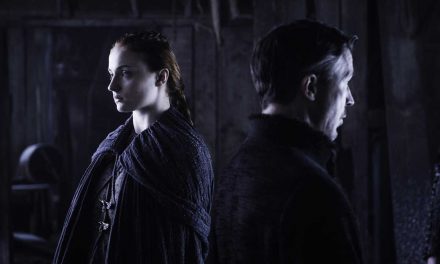Institutional Racism What makes this miniseries such important viewing is that Duvernay reminds us that this miscarriage of justice wasn’t just a simple mistake, but racism ingrained into a system that was never about the truth. Linda Fairstein, along with prosecutor Elizabeth Lederer, saw these boys as ‘thugs’ which quickly turned into ‘animals’, setting the stage for their inevitable persecution. But Duvernay did more than that, she captured the boys in a way that they hadn’t been before. They were never given the chance to be kids, so she emphasised their vulnerability, they were never allowed to be sons, so she highlighted the relationship between them and their families, she rightfully portrayed them as victims of the case and the criminal justice system. That same system continues to ruin the lives of many people of colour and sometimes even leads to their untimely death. This was the case when NYPD choked Eric Garner to death in 2014 for allegedly selling cigarettes on the street, sparking the anti-police brutality slogan ‘I Can’t Breathe’. Or when Oscar Grant was shot in the back by a white officer in 2014 or when Sandra Bland was mysteriously found dead in her cell after being arrested during a traffic stop in 2014. The list goes on. And while African Americans only make 13% of the United States population, they seem to disproportionately make up 40% of the prison population. There has always been a race problem in America, the problem is no-one seems to see it and Duvernay forces viewers to swallow that hard truth. The miniseries has led to real change as well. Linda Fairstein was recently dropped by her book publisher and prosecutor Lederer has resigned from her post at Columbia Law School under increasing pressure. This only further exemplifies how important When They See Us is and how sometimes art can lead to at least some form of justice. Even if it may not be quite enough. Main picture taken from Popsugar, a Getty image by Taylor Hill]]>
- This Artist is Making the Underwater Arena His Canvas - 28th April 2021
- A Video Game that Promotes Peace and Conflict Resolution - 15th March 2021
- Netflix’s ‘Living Undocumented’ is a Difficult Series to Watch, and Exactly Why We Should - 9th March 2021






